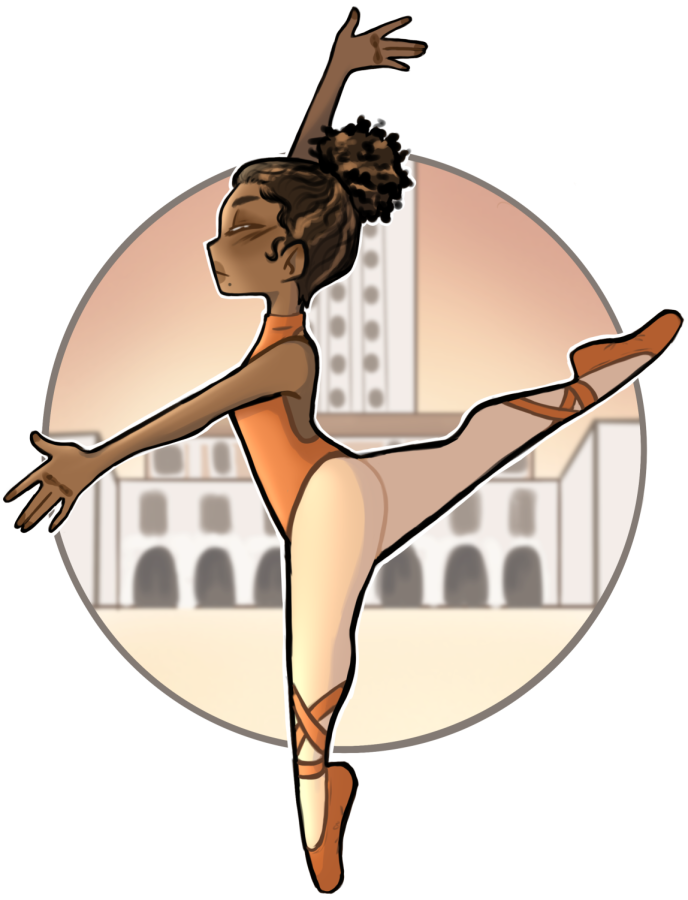UT dance students discuss misled presumptions behind their major
February 15, 2022
Nervously standing in a marly lined room, Sarah Wales awaited her college dance audition. Sweating buckets, Wales knew this could be her ticket into dance school at UT. Wales said she calls this incredible pressure to impress the “habit of dance.”
After the success of her audition, as well as countless others, Wales said she heads into her last semester as a dance major in the College of Fine Arts with renewed confidence.
“After four years of college, people are always surprised that I have stayed so consistent and (am) really going for it,” Wales said. “People think it’s (just) a dream. To me, it’s something I’m truly passionate about.”
Instead of only pushing dance majors to pursue traditional dance, CoFA aims to provide a variety of unique opportunities for artists to explore career options in dance beyond what others might perceive. It does so through offering more than 150 course options. While some parents push their children to choose more profitable career paths, CoFA students say they follow their passions regardless while combating misguided perspectives and ideas about their aspirations.
“My family has always provided pressure to think logically, as a career in the arts can be financially scary,” Wales said. “I know they aren’t judging me, but are caring about me in a different way.”
Wales said that in one of her kinesiology classes, she overheard a group of students asking why someone would pay the same as everyone else to obtain a fine arts degree. Quickly jumping into the conversation, Wales took the opportunity to defend dance majors, bringing up the large range of degree requirements such as pedagogy, choreography and composition.
“UT tries to cultivate full artists, not just dancers who can perform,” Wales said. “I was able to open a few students’ eyes who had a very different idea of what a dance major looked like.”
Because CoFA requires dance students to take classes beyond traditional dance, such as kinesiology and anatomy, students can consider other career paths, such as teaching or physical therapy. Dance sophomore Laura Anawaty said those options provide comfort for her and those around her.
“My parents asked ‘What are you gonna do if dance doesn’t work out?’” Anawaty said. “But it made my parents and (I) more comfortable that I had different options and opportunities to teach and perform.”
Dance freshman Megan Davidson said the diverse requirements help students find their strengths and weaknesses when transitioning into the professional world and teach not only dance, but life skills as well.
“This program is helping me (expand) my viewpoints on dance,” Davidson said. “I think it’ll make me a more worldly and open person, which will prepare me for my professional career.”
After four years defending her chosen career path, Wales said she finds comfort in knowing she can have a career she’ll be passionate about.
“It’s rare to find one’s passion and make a career out of it, but if I can make a way for myself and do something that makes me happy, I’ll do just that,” Wales said. “It has become an outlet for me to find purpose in my life and in everything that I do.”











